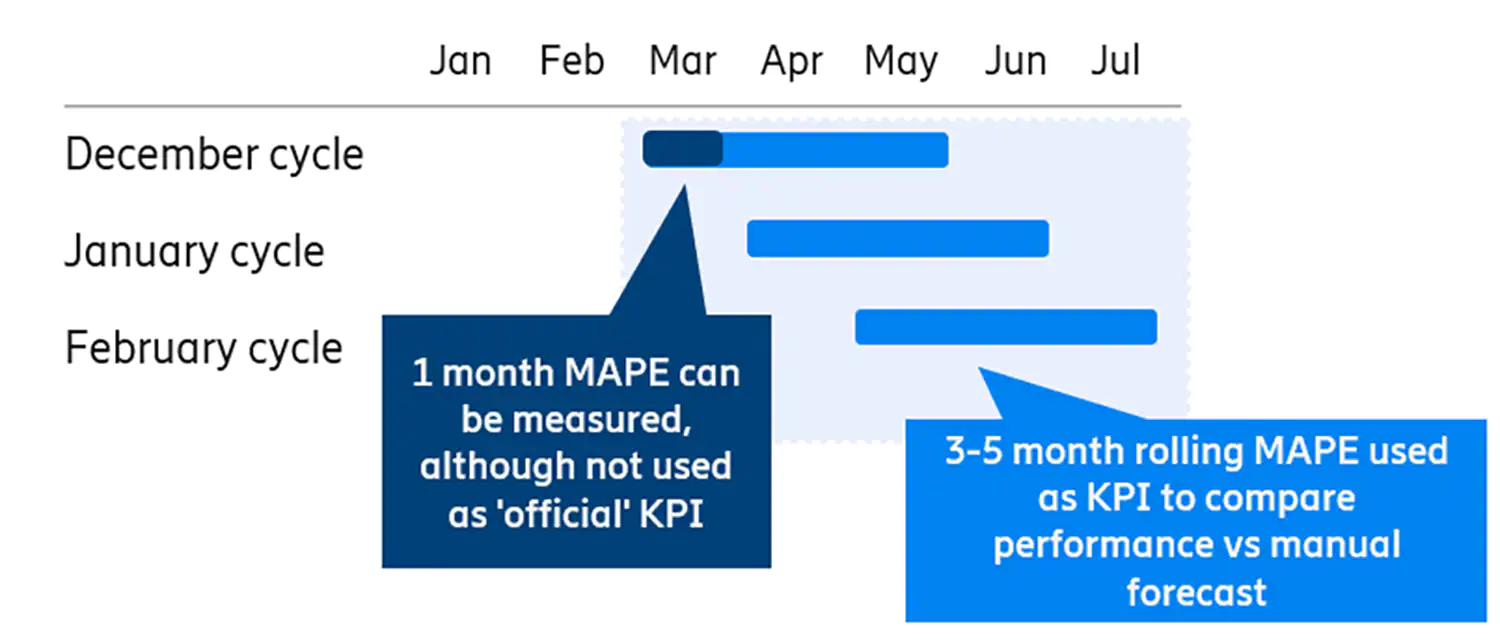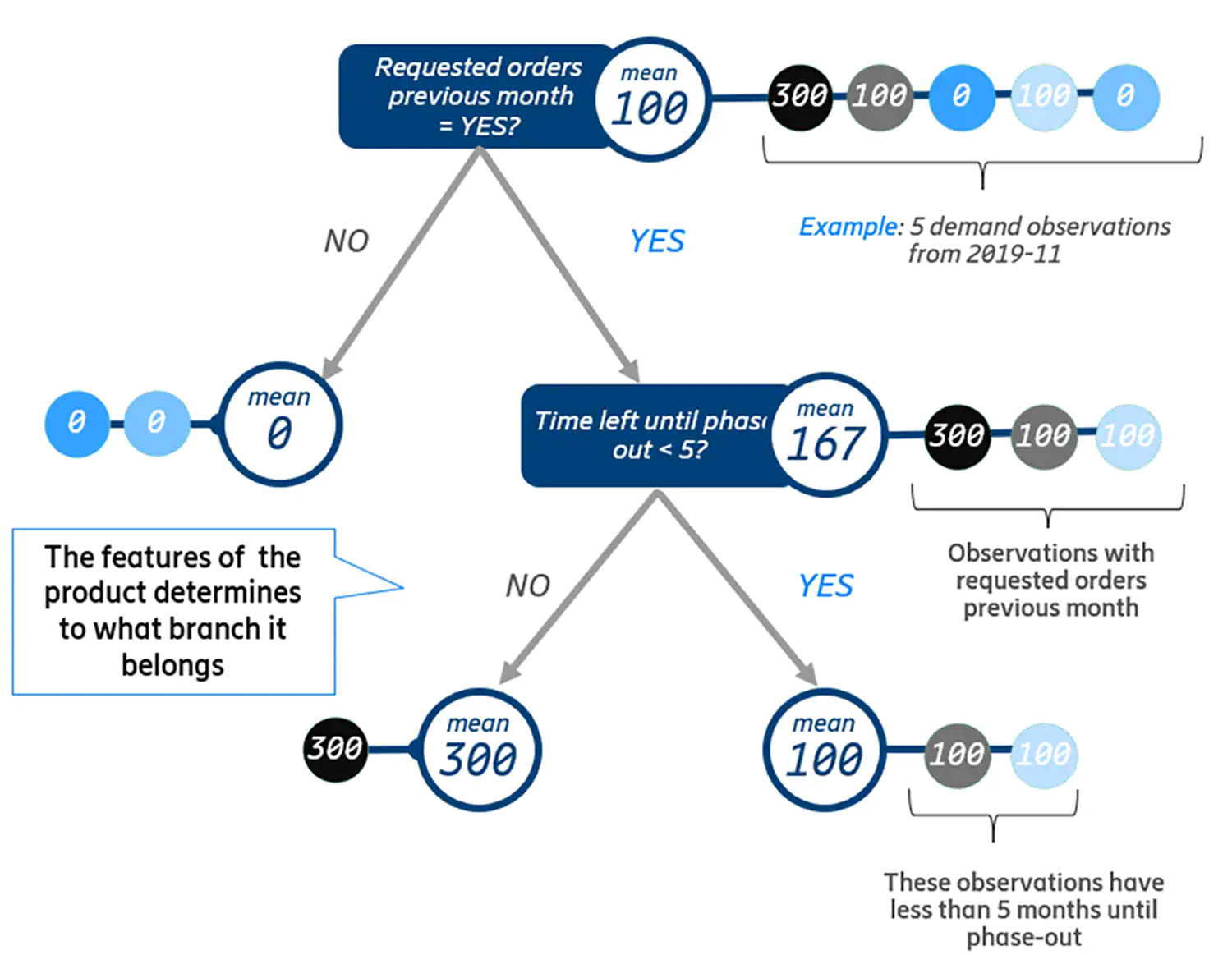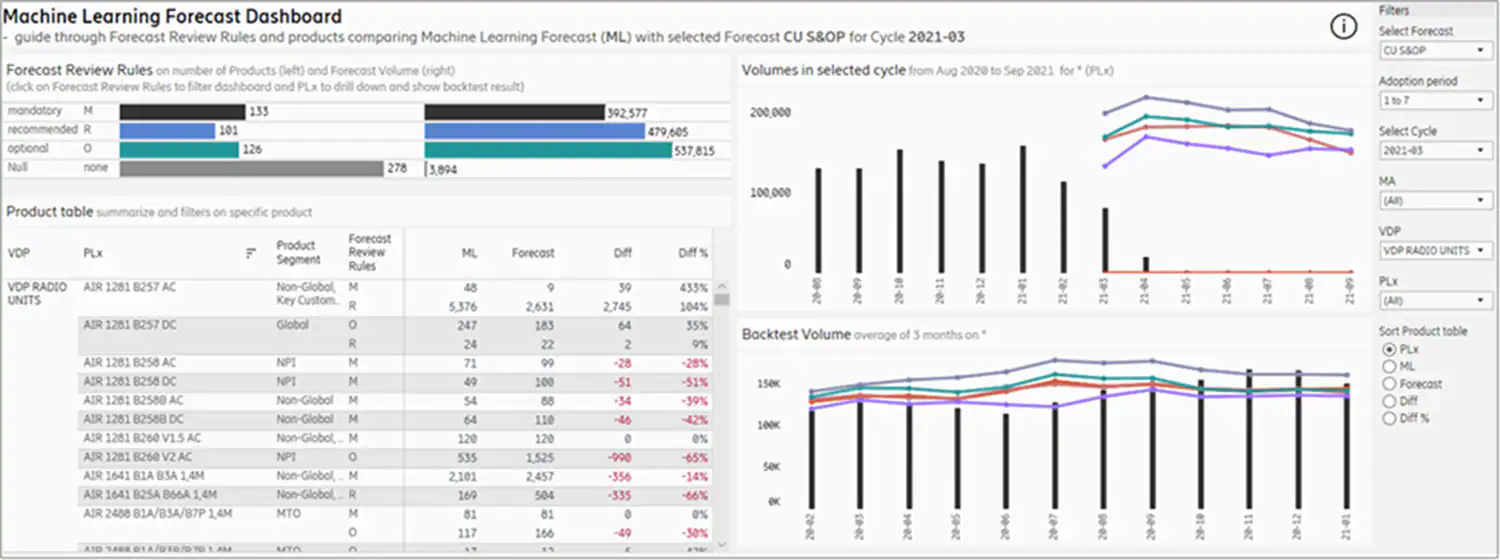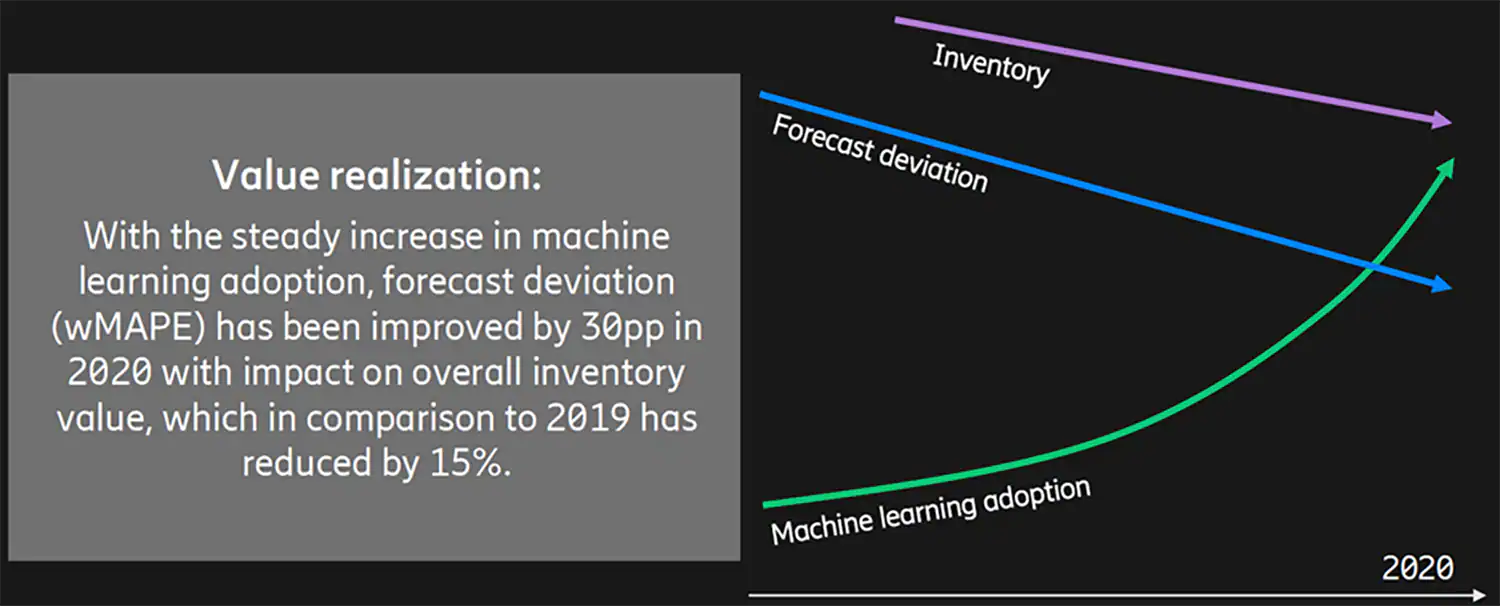With customer expectations and preferences changing faster than ever, a deep understanding of the customer demand is essential to making the right decisions about marketing spend, sourcing, inventory, production, transportation, staffing, and more.
Critical business measures like turnover, capital expenditure, risk evaluation, profit margins, cash flow, and capacity planning are all reliant on accurate demand forecasting, which ultimately can help businesses to estimate the total sales and revenue for a defined future.
What is demand forecasting?
Supply planning, manufacturing planning and financial planning
Typically, demand forecasting includes activities such as supply planning, product manufacturing planning (e.g., sourcing, R&D), and financial planning. The critical aspect of these planning activities is to understand product demands from customers and how to fulfil those demands in the most timely and efficient way. By capturing the variability of future demand through forecasting, businesses can predict customer behaviors more accurately and meet their demands with a higher level of confidence and significantly reduced lead times from order to delivery.
Supply planning directly impacts the bottom line, hence improving accuracy in planning can help save direct costs such as warehouse storage, shipping and transport costs, and scrapping of products. Naturally, forecasting hardware demand, which is key in supply planning, becomes a priority. Even smaller and more obvious advances in the demand forecasts can show sizable improvements in efficiencies and costs, enabling effective use of available resources.
The challenge many businesses face, however, is to understand when to apply forecasting and when not to apply it. Given the complexity of various steps in the workflow and dependencies between the vast number of relevant parameters, machine learning is an ideal solution to automate demand forecasting and planning.
How can machine learning improve demand forecasting accuracy?
Machine learning (ML) in demand forecasting makes it possible to avoid traditional challenges associated with planning such as long delivery lead times, high transport costs, high inventory and waste levels, and incorrect decision making due to inaccurate forecasts.
The objective of ML models is not only to increase demand forecasting accuracy but also to free the demand planners’ time. Planners can utilize their time much more effectively by focusing on the most important products or by gathering more last-minute information to advise the forecasts more accurately. Given sufficient volumes of historical data of forecasts, products, and sales can generate more accurate demand forecasts using ML techniques.
Example of machine learning demand forecasting: The Ericsson model
To find out how ML can improve demand forecasting, we can look at how it has transformed Ericsson’s own approach to balancing supply and demand, including how we plan material, products and resources across our global business.
As a manufacturer of hardware components, a predictable supply chain plays an important role in our business strategy. However, as you can see in the figure below, our traditional demand forecasting workflow required a vast number of resources and manual steps just to make somewhat reliable forecasts. This manual obligation meant that numerous data sources had to be analyzed while keeping track of frame agreements and product lifecycles to make those forecast decisions.

Figure 1: Ericsson sales and operations planning process and machine learning forecast for decision support
To overcome this laborious process and build a foundation for ML models, we developed an evaluation strategy to identify the tasks/processes that need to be optimized. In the figure below, you can see the framework with different layers of forecast selection

Figure 2: Framework with different layers of forecast selection
Evaluating past demand forecasting cycles to understand the future demand
In Ericsson’s model, demand forecasts are generated each month for a set time frame. Since exact demand timing is not a major concern for us, the evaluation is conducted for the next three months by using a percentage error for an interpretable metric along with a bias to indicate over-forecasting and under-forecasting. The evaluation horizons can stay the same over the upcoming three to five months i.e. for the January cycle the evaluation would be done on the months of April, May, and June. This evaluation is made by joining the actual requested sales data volumes with the supply demand forecasts.

Figure 3: ML procedure for evaluating past sales cycles with MAPE (Mean Absolute Percentage Error)
Generating demand forecasts: The decision tree approach
To generate an ML-based forecast that is better than manual alternatives, it’s important to collect various data sources that can impact product demand, such as:
- Previous demand
- Confirmed future sales
- Other demand forecasts (at earlier demand stages, historical and current cycle)
- Pre-sales data (Closed-won, frame agreements)
- Product data (lifecycle, substitution plan, product segment)
- Customer data (CAPEX)
With continuous demand every month, each product needs a forecast for the set customer. Our analysis shows that there is a periodic nature of the time series (one of the statistical techniques) for each product.
With the evaluation strategy and availability of supported data in place, the next step is to find the most suitable model out of various prediction models in ML.
At first, time series modelling seemed to be an obvious fit cause of the periodic nature of the supported data. Nevertheless, a decision tree solution was found to be the best fit for a regression problem like the irregular customer demands for a single product. Multiple models of decision trees, e.g. Random Forests and XGBoost, provided the best results for different products and customers parameters. With the ML model strategy in place, and hyperparameters should be tuned further.

Figure 4: Multiple decision trees are known as “Random Forests” or “Random Decision Forests”
The benefits of ML demand forecasting: Cutting percentage errors in half
By implementing ML-based demand forecasting, businesses can significantly reduce forecasting errors compared to manual alternatives. In almost 29 months since implementing ML-based demand forecasting, Ericsson’s forecast deviation performance has been improved 40-50 percent relatively.

Figure 5: Forecast deviation trend wMAPE (Weighted Mean Absolute Percentage Error)
Even though the demand forecast accuracy has increased drastically with the ML-based solution , there are still enough edge cases with relevant data being unavailable. Hence, the demand planners are required to both validate and further increase the accuracy of the forecasts.

Figure 6: An ML Forecast Dashboard such as this can encourage informed decisions (note, the data above is not representative)
Consequently, ML demand forecasting has enabled improvements in production lead times, as well as an increase in operational efficiencies, cost-saving and customer delivery with better quality and satisfaction. ML models in demand forecasting are already proving to be a valuable asset across the product portfolio in all markets.

Figure 7: Value enablement
The future of machine learning demand forecasting
ML is quickly becoming a ubiquitous technology, but also an iterative technology that has a . That means, the sooner we deploy a solution, the better beneficial improvements can be made to the business by fine-tuning the algorithms. More importantly than the value generated by optimizing processes, saving costs, and improving the margins, we have learnt that ML can have a significant impact on improving overall customer satisfaction when addressing the right problem with the right approach.
The benchmark for customer satisfaction and efficient business is rising. Is your business ready?
Want to learn more?
Other areas of ML application in Ericsson include Network Predictive Planning, Anomaly Detection, Ticket Classification and Management, Generation of Bill of Material, Node Fault Prediction, Transport Management Freight Forecast, Inventory Optimization, Supply Planning, and many more. Learn more about these areas and other opportunities that await on Ericsson’s artificial intelligence page.
Check out our other blog about Applied AI to obtain environmental sustainability.

